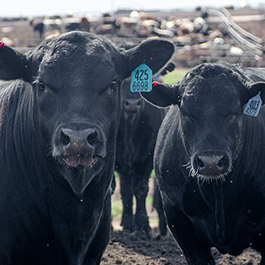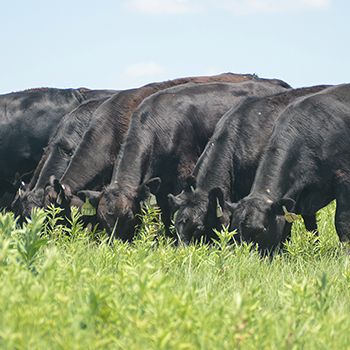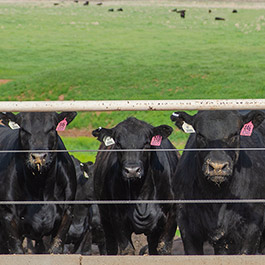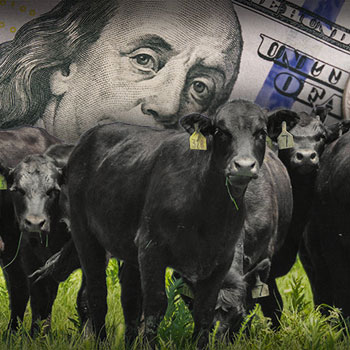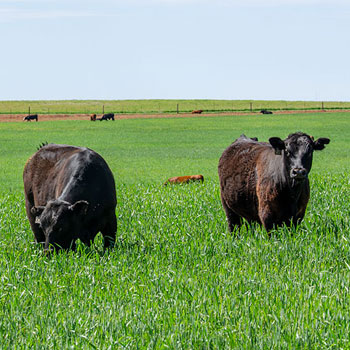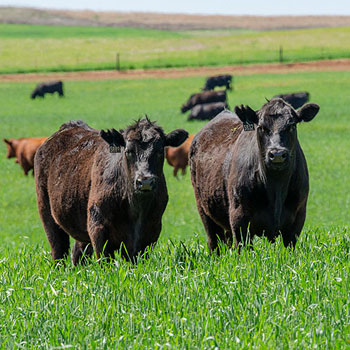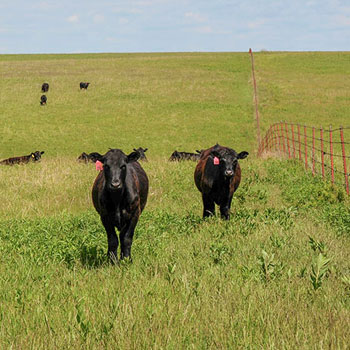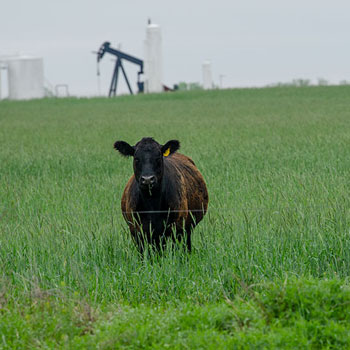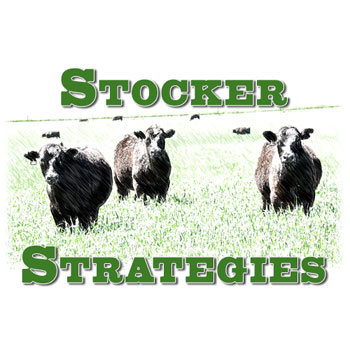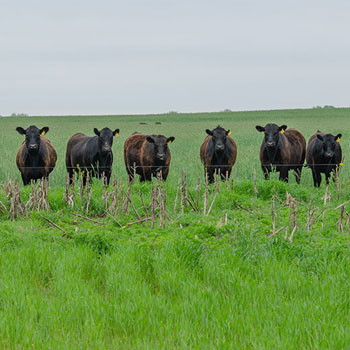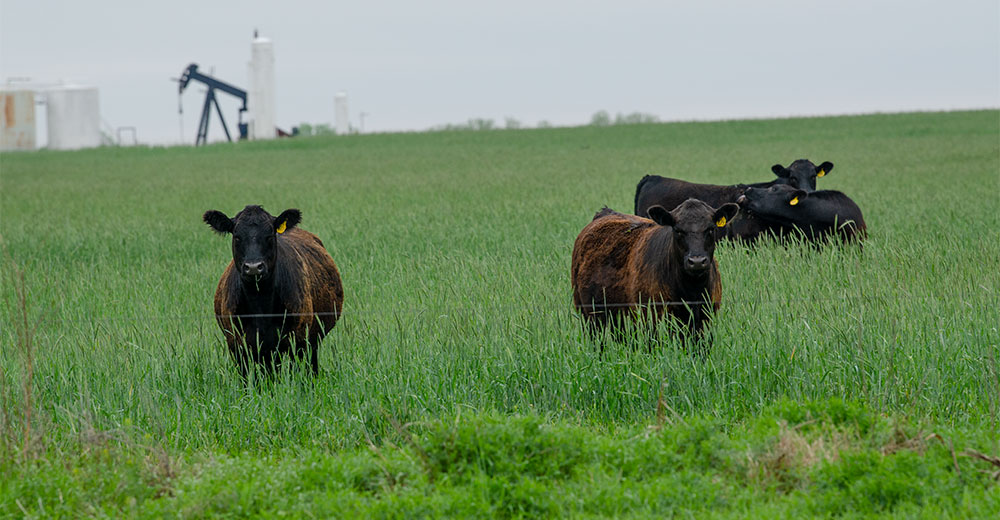
Vaccinated Stockers Earn Premiums
Vaccination programs for preconditioned calves.
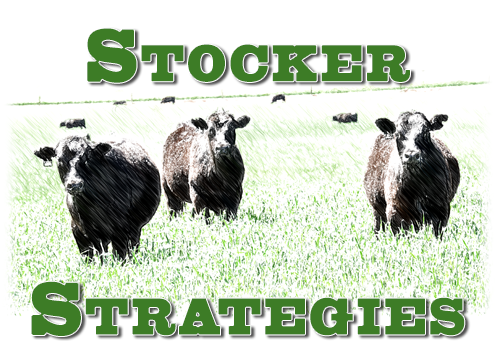
When selling feeder and stocker calves, many producers vaccinate and precondition those calves to obtain a higher price. Ron Gill, professor and livestock specialist at Texas A&M Agrilife Extension, says some buyers may not want to spend extra money to purchase weaned, preconditioned calves, but many buyers do prefer calves that meet the guidelines of programs like the Value Added Calf (VAC), vaccinated and weaned 45 days (VAC-45), VAC-34 or even VAC-24 (vaccinated at branding time).
This means calves have received a viral respiratory vaccine, a clostridial vaccine, and maybe even one for pasteurella.
Many of those calves didn’t actually have a booster at weaning, but did have a vaccination while still on the cow, says Gill. Then the feedlot or backgrounder who gets those calves can revaccinate them upon arrival and put them on a desired health program.
Gill says the most cost-effective program in terms what it costs the producer to do vs. the premiums paid for these calves is probably the Vac-34.
“If calves are simply vaccinated three or four weeks before weaning and sold at weaning, the buyer can booster them. On Superior video sales, Vac-34 calves on average bring a premium of about $2.30 per hundredweight (cwt.). For what it costs a producer to vaccinate, this generally makes it worth vaccinating those calves,” he explains.
Weaned, preconditioned calves generally stay healthy because they’ve been vaccinated and are past the stress of weaning, but buyers want them weaned properly.
“One buyer told me he wants calves that are either weaned for 45 minutes or for 45 days. He can handle either one of those sets of calves, but the ones weaned for a shorter time — like only a week or two — are trouble. They’ve been stressed, and moved again in the middle of that stress period,” Gill says. Stressed cattle generally have a compromised immune system, and vaccinating a compromised immune system does little good.
The VAC-45 protocol is the industry standard for vaccination and preconditioning. The producers use a modified-live vaccine either in a preweaning and postweaning shot or two rounds of shots postweaning. These protocols also require two rounds of a clostridial vaccine. Most of them also include Manheimia haemolytica and perhaps Pasteurella multocida vaccines in their requirements, says Gill.
Deworming is another requirement, but most VAC-45 programs don’t specify what dewormer to use, as long as calves are dewormed at some point during the weaning phase. It may actually be beneficial to deworm them a little earlier. A 2015 study by Iowa State University researchers indicated internal parasite loads may affect calf performance and profitability.
Producers have generally believed that deworming upon feedlot arrival effectively rids cattle of parasites and can reverse detrimental effects of high worm burdens during the earlier grazing period as stockers. Data from this study suggest detrimental effects on growth/performance may be long-lasting, despite effective deworming at feedlot arrival. Producers who sell to repeat buyers may find that dewormed calves are desired by the cattle feeder, who benefits from lower treatment costs and higher-grading carcasses.
“As we measure health aspects, it’s also obvious that calves weaned 45 days before shipping have fewer health issues. Regarding vaccination, sometimes I think we are vaccinating calves too much, though I don’t have enough data to back this up. I’ve seen people buy preconditioned calves (that have already been vaccinated) and then give them two rounds of shots when they get them home (as stocker cattle), and then when those calves move to the feedlot they go through two more rounds of shots,” says Gill.
“When we did our Ranch to Rail program in Texas in the 1990s and early 2000s, calves that were vaccinated more than three times before they went to the feedlot actually had more health issues than the ones with fewer vaccinations. We want to do more work with this question. We’re starting to see some cattle that have gone through all these processes correctly but are still getting sick,” he says.
Editor’s note: Heather Smith Thomas is a cattlewoman and freelance writer from Salmon, Idaho.
